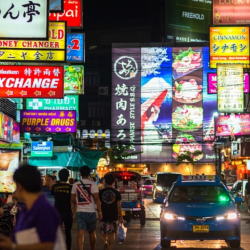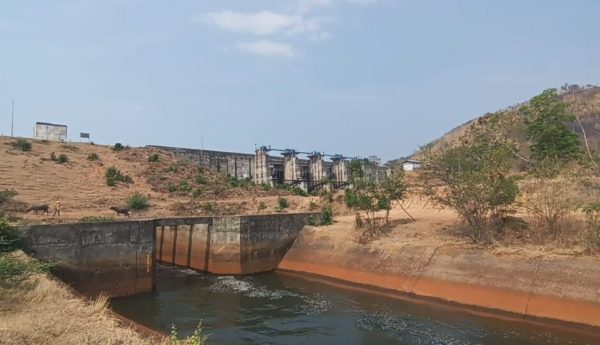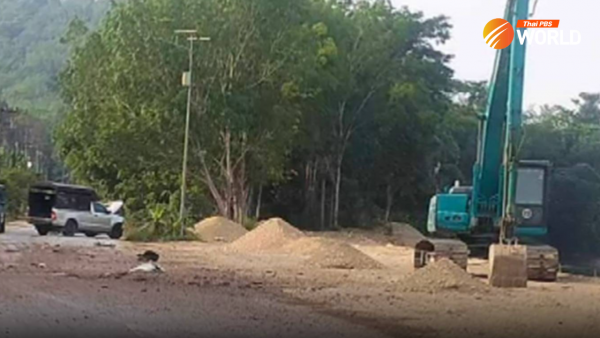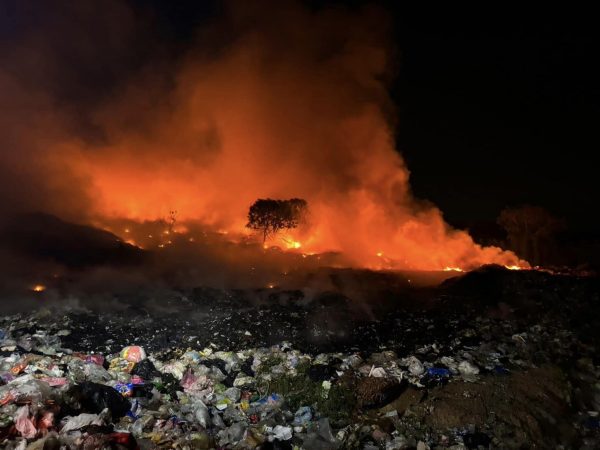Will govt policy to cut train fares by 50% spark Bangkok renaissance?

Ruling party Pheu Thai has promised to honor its election policy by capping Bangkok city train fares at 20 baht.
If Transport Minister Suriya Jungrungreangkit gets his way, the fare cap will begin within the next few months – in time for the government to offer the far lower maximum fare as a “New Year gift” to the public.
“I think we should soon be able to cap the fare at 20 baht for the 41-kilometer Red Line [Taling Chan-Rangsit] and the 23-km Purple Line [Khlong Bang Phai-Bang Sue] because they are directly under the government,” he explained.
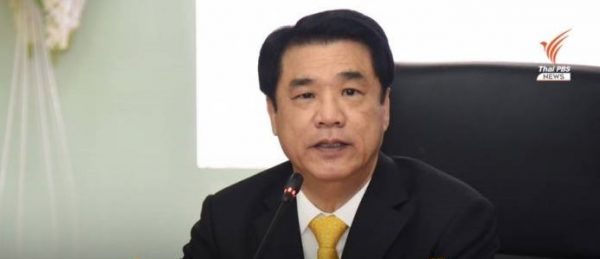
As for other city lines, Suriya promised to start negotiating with concessionaires shortly in a bid to fully implement the much-anticipated policy.
City lines in Greater Bangkok
There are now 12 city lines in Greater Bangkok, stretching a total of 242.34 kilometers. Together, they cover not just the capital but also nearby provinces like Samut Prakan and Pathum Thani.
To commuters, these lines are essential because without them it can be impossible to reach the office in time amid Bangkok’s notorious traffic snarls.
Hence, the metro lines attract more than one million passengers per day, even though fares are relatively high. The most popular route is the Skytrain’s BTS Green Line across inner Bangkok, which is operated and owned under a concession by BTS Group Holdings.
How high are fares now?
In Greater Bangkok, the fare on each line is currently capped at 45 baht. However, commuters may have to pay more if they need to take more than one line to complete their trip.
Simply put, the government is now aiming to slash the maximum fare by over 50% following loud complaints by commuters and consumer groups.
The average city train ride currently costs Bangkokians about 11% of the minimum daily wage. This means that transportation costs for trains alone total 22% of earnings for commuters on minimum wage (factoring in their return trip).
By comparison, commuters in other Asian cities are in a much better position.
In Singapore, a metro ride costs about 3.5% of the minimum daily wage. In Japan, that figure falls to 2.9% while in South Korea, it is just 1.5%.
How will the government bring fares down?
The Rail Transport Department says the government policy is feasible if there is budget to subsidize the operators of city lines who will be affected by the significantly lower maximum fare.
If the government implements the policy for all city passengers, the subsidy budget will be about 5.44 billion baht per year. However, if the policy covers only welfare cardholders, the subsidy will drop to a mere 307 million baht a year.
Benefits of lower fare
Rail Transport Department director-general Pichet Kunadhamraks says the benefits of the lower fare are numerous. Among them are lighter road traffic, shorter commuting times, lower travel and health expenses for the public, fewer road accidents, and a reduction in exhaust emissions.
“Quality of life will increase. Urban efficiency will soar, to name a few,” he said.
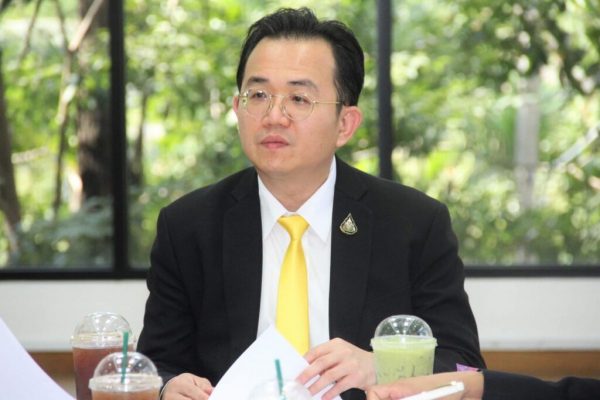
According to estimates, if the 20-baht maximum fare covers only welfare card holders (all of whom are low-income earners) the number of passengers will rise by a meager 0.56%. However, if it covers everyone, ridership is expected to jump by as much as 9.69%.
Saree Aongsomwang, secretary general of the Thailand Consumers Council (TCC), believes the higher number of city train users will mean fewer cars on Bangkok roads and therefore lower levels of air pollution.
“The budget spent on this policy is well worth it,” she said. She said it would cut the amount of dangerous PM2.5 pollution, which city authorities have been struggling in vain to tackle for years.
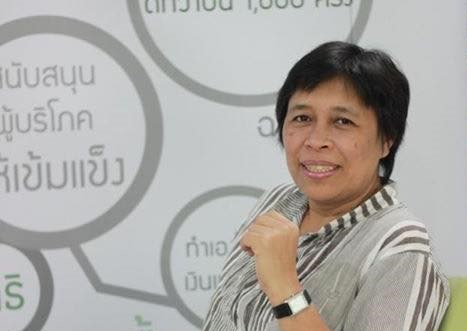
Saree added that the government may not have to compensate city line operators much, citing Assoc Prof Dr Chalie Charoenlarpnopparut’s estimate of 25 baht for the cost of the average BTS Green Line trip. His estimate was reportedly based on data that BTS submitted to the Stock Exchange of Thailand.
“If we successfully push for a single ticket [covering all lines], the cost will probably be lower,” she said.
Democrat Party deputy leader Samart Ratchapolsitte, a former deputy Bangkok governor, likes the idea of introducing a lower fare for city lines. However, he recommends offering a variety of choices so passengers can opt for what suits them best.
“For example, some passengers may want a 50-baht one-day ticket that gives them unlimited travel on a chosen date,” he said.
Research specialist’s view
Sumet Ongkitikul, research director for Transportation and Logistics at Thailand Development Research Institute (TDRI), said technically speaking, it was possible for the government to cap the maximum fare per line at 20 baht.
But he reckons the budget needed for implementation of the fare cap could be higher than the Rail Transport Department’s estimate.

“Based on my estimate, it is about 8 billion baht a year,” he said. “This means that over the next four years, the government will have to find between 30 billion and 40 billion baht for the implementation.”
Sustainable solution?
While Sumet reckons that current city train fares are too expensive and commuters are being forced to shoulder more costs than they should, he believes the 20-baht maximum fare per ride could be just a temporary measure.
“It’s not that the idea is bad. But I think in the long run, we will have to address the fare problem in a different way,” the research specialist commented.
Instead of providing state subsidies to bring the fares down, Sumet believes relevant authorities and operators should find a way to set reasonably priced fares.
A TDRI study suggested that a passenger travelling up to 25km should not have to pay more than 45 baht in fares regardless of how many lines they use.
“Commuters heading from the suburbs to the city center usually travel no more than 25 kilometers per trip. Fare structure problems mostly surround the fact that often they have to use more than one line to get to their workplaces or homes,” Sumet explained.
By Thai PBS World’s General Desk

